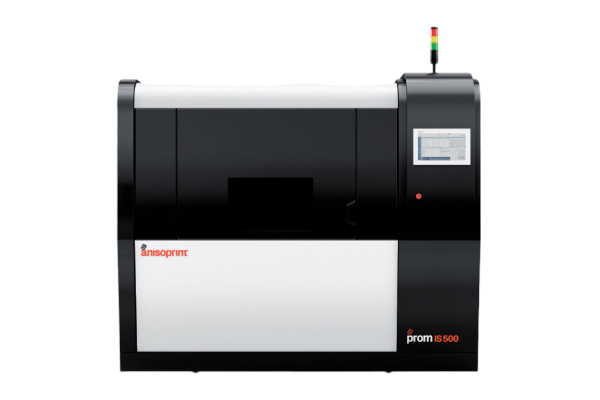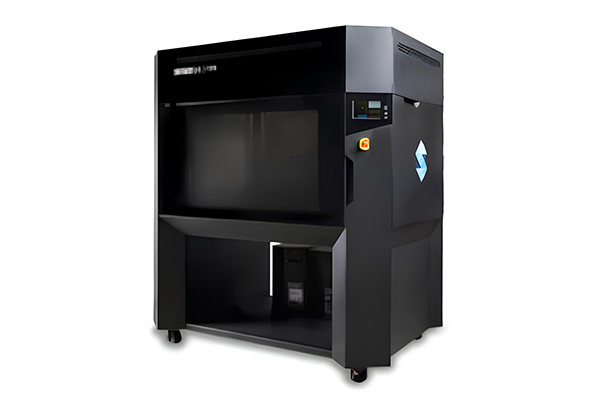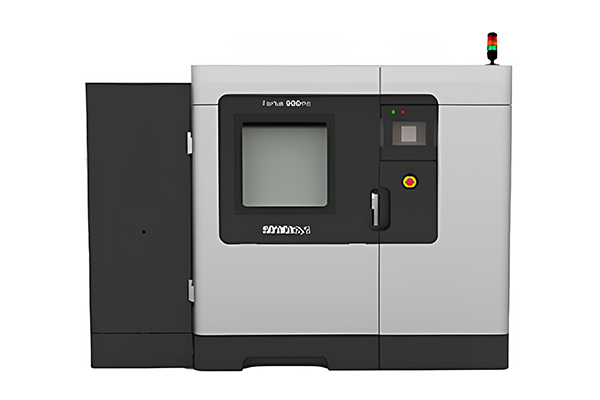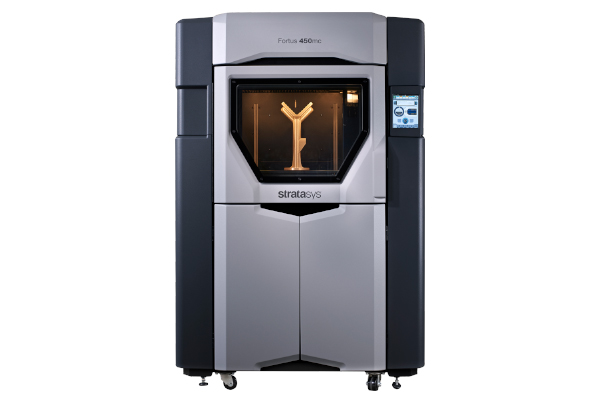FDM Continuous Carbon Fiber Printing 3D Printing Aniso PROM IS 500
Aniso PROM IS 500
Provide high-performance, high-precision, high-strength and large-size 3D printing services, 3D printing consumables, and comprehensive 3D printing solutions
-
Meets the usage needs in different fields such as additive manufacturing, scientific research, etc.
Desktop-level composite material continuous fiber 3D printer.
-
1. Continuous Carbon Fiber Reinforced Nylon (PA-CF)
Nylon (polyamide) is a commonly used engineering plastic that has excellent mechanical properties and heat resistance when combined with continuous carbon fibers.
Features:
High strength and high stiffness.
Good heat resistance, wear resistance and chemical resistance.
Lightweight.
Applications:
Aerospace components (such as brackets, housings).
Automotive parts (such as lightweight structural parts).
Industrial tools (such as fixtures, clamps).
2. Continuous Carbon Fiber Reinforced Polyetheretherketone (PEEK-CF)
PEEK is a high-performance engineering plastic that has extremely high mechanical properties and heat resistance when combined with continuous carbon fibers.
Features:
Extremely high strength, stiffness and heat resistance (can withstand high temperature environments).
Chemical corrosion resistance and fatigue resistance.
Biocompatibility (suitable for medical applications).
Applications:
Aerospace high-temperature components.
Medical implants and surgical tools.
High-performance industrial parts.
3. Continuous Carbon Fiber Reinforced Polycarbonate (PC-CF)
Polycarbonate is a transparent engineering plastic with high impact strength. When combined with continuous carbon fiber, its mechanical properties are further improved.
Features:
High impact strength and high stiffness.
Good heat resistance and transparency.
Applications:
Functional prototypes.
Automotive interiors and shells.
Electronic device shells.
4. Continuous Carbon Fiber Reinforced ABS (ABS-CF)
ABS is a common engineering plastic. When combined with continuous carbon fiber, its strength and stiffness are significantly improved.
Features:
Good strength, stiffness and toughness.
Easy to post-process (such as sanding and painting).
Applications:
Functional prototypes.
Consumer product shells.
Educational models.
5. Continuous Carbon Fiber Reinforced Polylactic Acid (PLA-CF)
PLA is a biodegradable material. When combined with continuous carbon fiber, its mechanical properties are improved.
Features:
Higher strength and stiffness.
Environmentally friendly and degradable.
Applications:
Educational models.
Environmentally friendly products.
Lightweight structural parts.
Advantages of FDM continuous carbon fiber printing
High strength: Continuous carbon fiber significantly improves the strength and stiffness of parts.
Lightweight: The low density of carbon fiber significantly reduces the weight of parts.
High design freedom: Parts with complex geometries can be manufactured.
Cost-effectiveness: Lower cost than traditional carbon fiber composite manufacturing.





